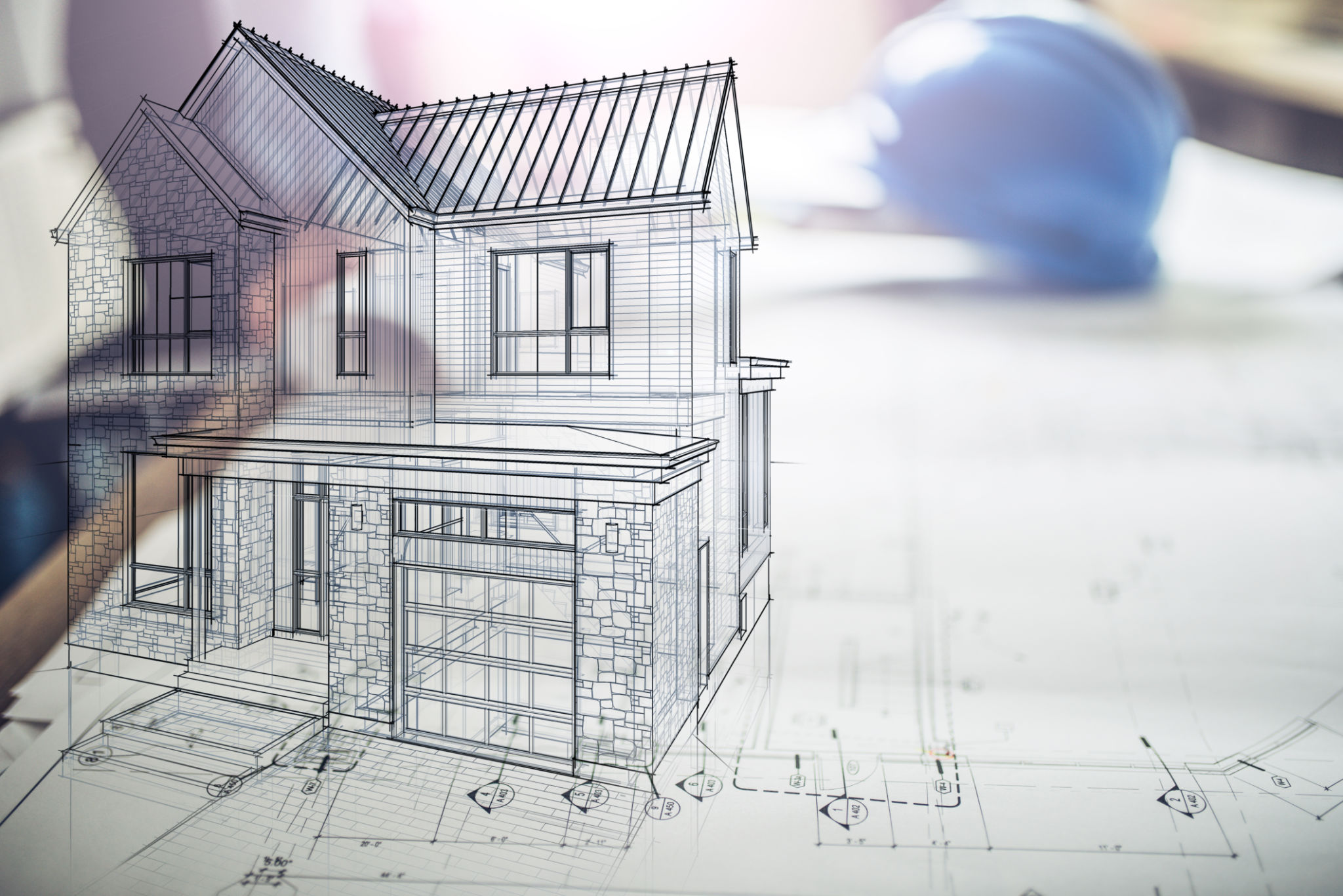Understanding Local Building Regulations in Cuyahoga County
Introduction to Building Regulations
Building regulations in Cuyahoga County are crucial for ensuring that constructions are safe, sustainable, and compliant with local laws. Whether you are planning a new build or renovating an existing property, understanding these regulations can save you time, money, and potential legal issues. This guide will help you navigate the basics of local building codes and what you need to know before starting your project.

Why Building Regulations Matter
Building regulations are in place to protect the health and safety of the community. They ensure that buildings are constructed to withstand environmental stresses, provide safe living and working conditions, and are accessible to all individuals. Compliance with these regulations is not just a legal requirement but also a moral responsibility to the community and future occupants.
Ensuring Safety and Sustainability
One of the primary purposes of building regulations is to ensure the structural integrity of buildings. This includes stipulations on materials used, construction methods, and design standards. Additionally, regulations often include sustainability measures, such as energy efficiency requirements and waste management protocols, which contribute to environmental conservation.

The Process of Obtaining Permits
Before commencing any construction project in Cuyahoga County, it is essential to obtain the necessary permits. The permit process ensures that your plans comply with local building codes and zoning laws. It typically involves submitting detailed plans and specifications for review and approval by the relevant authorities.
Steps to Obtain a Building Permit
To secure a building permit in Cuyahoga County, you generally need to follow these steps:
- Prepare detailed architectural drawings and specifications of your project.
- Submit an application along with the required documents to the local building department.
- Pay the applicable fees for processing your application.
- Await review and approval by building inspectors.
- Once approved, display the permit at your construction site.

Common Building Code Violations
Understanding common building code violations can help you avoid costly mistakes. Some frequent issues include inadequate electrical work, improper plumbing installations, and failure to meet fire safety standards. It's important to work with licensed professionals who are familiar with local codes to ensure compliance.
How to Address Violations
If you encounter a violation, addressing it promptly is crucial. This often involves correcting the issue according to code requirements and scheduling a follow-up inspection. Non-compliance can result in fines or even legal action, so it's best to resolve any issues as soon as they arise.
Working with Professionals
Engaging licensed architects, engineers, and contractors who are knowledgeable about Cuyahoga County's building regulations can greatly facilitate your project. These professionals have the expertise to design and execute construction plans that adhere strictly to local codes, minimizing the risk of delays or penalties.
The Role of Building Inspectors
Building inspectors play a vital role in ensuring compliance with building regulations. They conduct inspections at various stages of construction to verify that all work meets the required standards. Establishing a good relationship with inspectors can ease the process and help address potential issues swiftly.

Conclusion
Navigating local building regulations in Cuyahoga County may seem daunting at first, but understanding the basics is essential for any construction project. By familiarizing yourself with the permit process, common code violations, and the importance of professional assistance, you can ensure a smoother development experience. Always prioritize compliance to safeguard your investment and contribute positively to the community's built environment.
